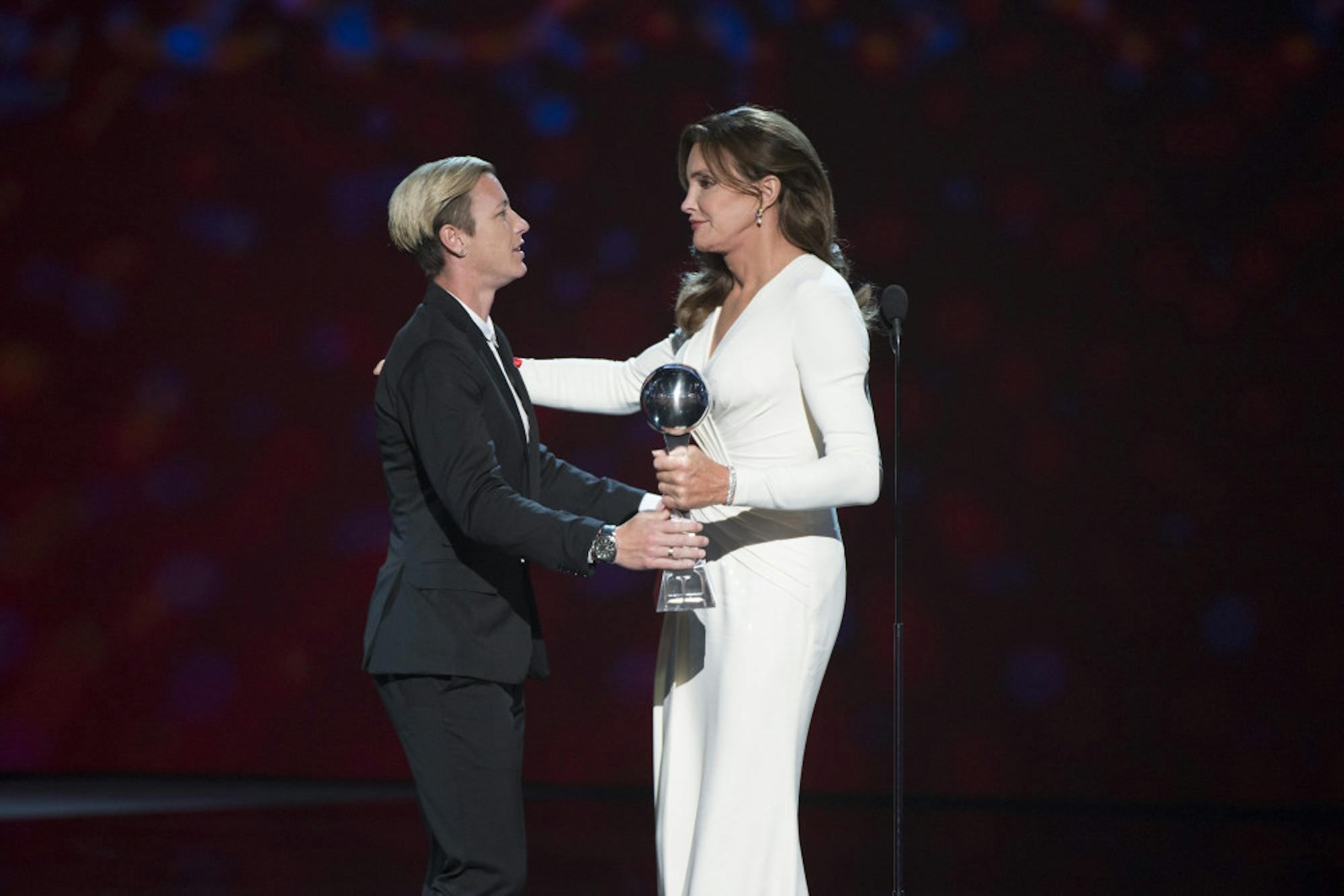In its second season, “I Am Cait” (2015 - present) remains, like its star Caitlyn Jenner herself, a confusing mess of contradictions. After a much-discussed first season, which aired on the heels of Jenner’s very public coming out, Caitlyn is back for another go with her the group of trans friends she — or perhaps more accurately, the show’s producers — brought together last year. This time around, they pile into a luxury coach bus to embark on a rather contrived road trip — both the point of which and final destination remain somewhat murky. But Jenner’s companions hope that this time on the road will give them an opportunity to continue to educate their friend about the trans community and about trans issues.
Among Jenner’s companions — “the girls,” as she calls them — are Jenny Boylan, Candis Cayne, Chandi Moore, Zackary Drucker, Kate Bornstein and Ella Giselle, all of whom, with the exception of Bornstein, are trans women. Bornstein, who was born male and received gender confirmation surgery, identifies as neither male nor female. They all settle easily into their respective roles: Zackary is the consummate diplomat and peacemaker, while Jenny and Kate are the often-sparring academictypes. Ella is the young ingenue; only 18 years old, she fits in naturally with the older crowd. Chandi, meanwhile, brings charm, energy and a frank honesty to her every interaction.
It is Candis Cayne, however, who arguably is the show’s heart and soul, and “I Am Cait” often centers around Candis more than it does her famous friend. The actress and performeris open and vulnerable on camera in a way that Caitlyn herself is reluctant to be. In some moments, Jenner is simply not willing to engage with the tough questions her friends ask of her, and, in others, it is clear that she is not yet ready to share these most intimate thoughts and feelings publicly. Whatever the reason, this reticence on the part of the show’s would-be star leaves Candis as the show’s emotional center — a role she fills with ease. Beautiful and vivacious, a born performer, Candis lets down that glamorous facade and allows the camera crew capture her more private moments: shyly, almost hesitantly, flirting with handsome young rock climbing instructors, getting stood up on a date, retreating to the back of the bus flustered and upset after a fight with Caitlyn.
And so far, fights with Caitlyn have occupied much of the show’s screentime. With the presidential campaign kicking into full gear, Jenner’s friends are increasingly anxious about her stubbornly conservative political beliefs and her support of Republican candidates, like Donald Trump, whose policies would endanger, rather than support, trans Americans. None of these debates reflect particularly well on Caitlyn, who comes across as small-minded, hostile and, frankly, somewhat deluded. White, rich, famous, well-respected, she is the most privileged member of the trans community in the United States, if not the world. Though Jenner may know this on a rational level, it has not yet worked its way into her politics, much to the alarm of her friends.
Not insignificantly, “I Am Cait” is acutely aware that Jenner has been thrust into a position of spokesperson for the trans community — and that she has been widely deemed unsuitable for the role. What makes “I Am Cait” worth watching, however, is that the show cleverly works to problematize the very idea that the trans community could ever be represented by a sole voice. The show gives the supporting cast, particularly longtime trans activists and scholars Boylan and Bornstein, an opportunity to air their disagreements and conversations about the word “tranny” or drag culture and give their opinions room to breathe and flow. These arguments — heartfelt, articulate and loving — illustrate the diversity of opinions and experience within the trans community and in doing so, point to the fallacy of appointing Jenner, or any one person for that matter, the spokesperson for trans Americans.
“I Am Cait” can be frustrating to watch, and, with a protagonist who comes off as alternately sympathetic and distressingly intolerant, it is easy to see why viewers might be turned off. But this season, Caitlyn is not the real reason to tune into the show — her friends are.
Politics take center stage in second season of 'I Am Cait'

Caitlyn Jenner, seen here at the 2015 ESPYS, is often at political loggerheads with her friends on the second season of "I Am Cait."
Summary
Though Caitlyn Jenner is an often hard-to-love protagonist, it is still well-worth watching "I Am Cait" for the opportunity to get to know her charming and dynamic group of friends.
3.5 Stars





